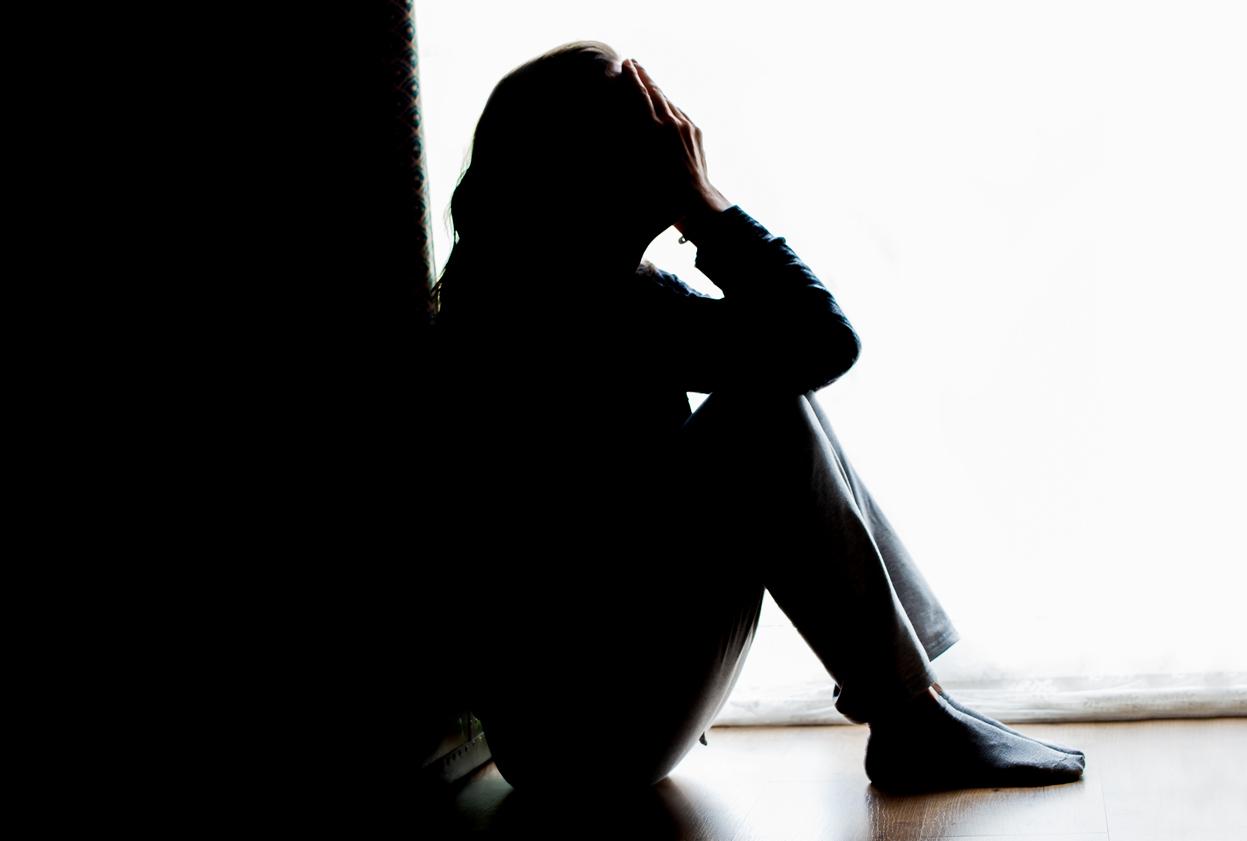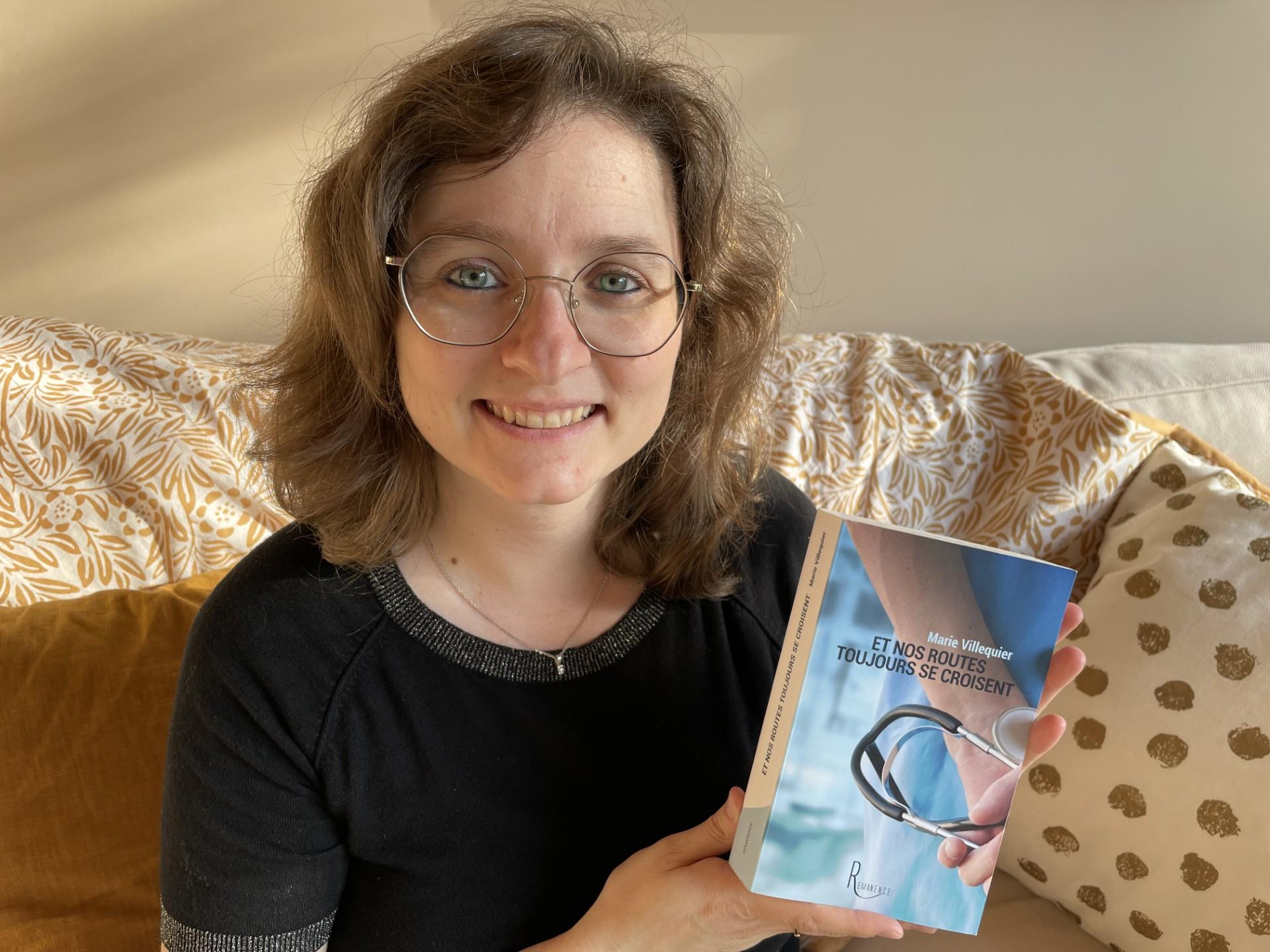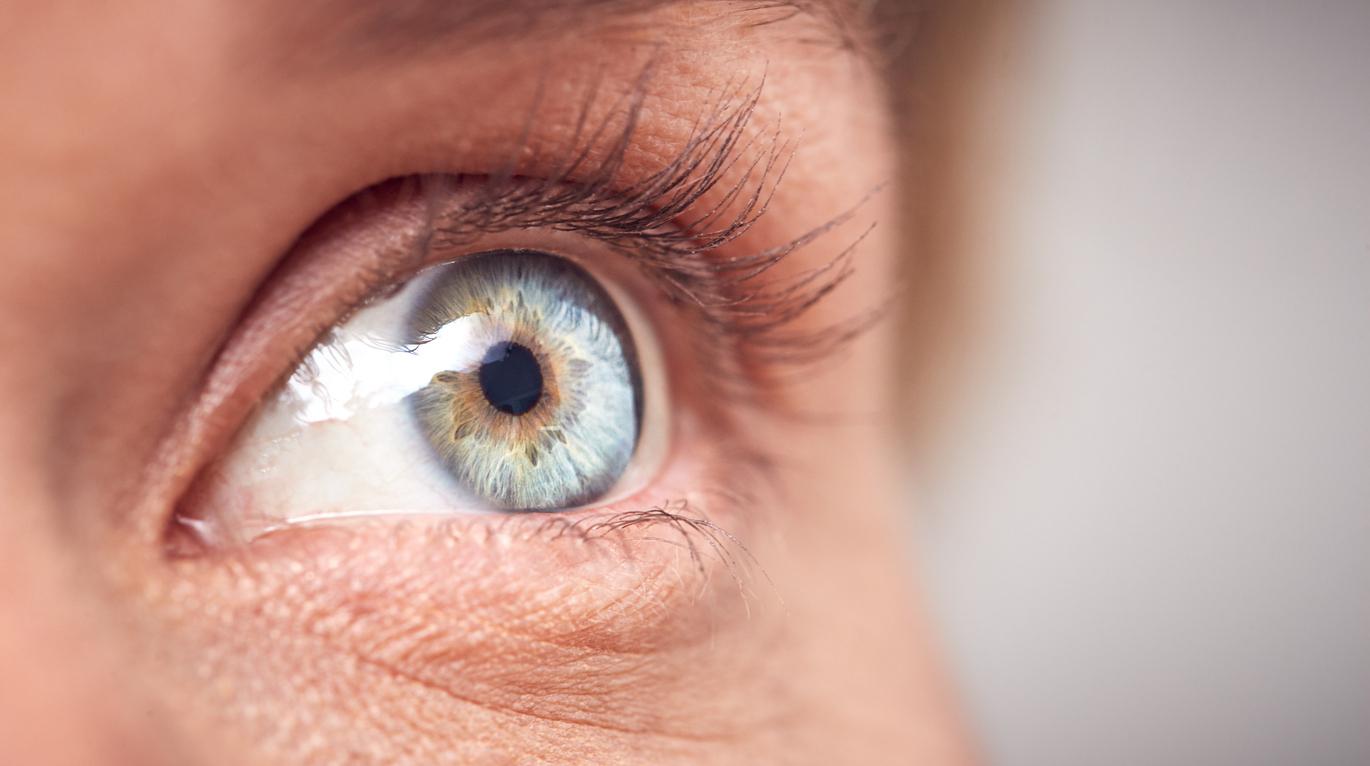In November 2016, Sandrine fell into a severe depression. Descent into hell, stays in a psychiatric hospital, electroshock treatment… here is his testimony.

- Depression is different from mood swings. It is a psychiatric disorder that affects 1 in 5 people in France.
- According to the World Health Organization, more than 700,000 people die of suicide every year worldwide, caused by depression.
- Symptoms are numerous and include anxiety, pessimism, sadness, loss of self-esteem, sleep disturbances, disgust with social interests and excessive fatigue.
“Initially, I came to school with a little less enthusiasm. Then fatigue set in, sadness, a lump in my stomach… and finally, I cried every time I went to work, until the day when it was impossible for me to get out of the car. There I realized that something had broken”, remembers with precision Sandrine, now 43 years old. It’s the end of 2016 and the teacher, who gave her all for her students, is losing her footing.
Depression: a complex interplay between work and personal life
“I always wanted to be a teacher! I was full of energy, of good will, I wanted to revolutionize everything, to save all the students… I wanted them to arrive and leave with a smile. And the problem is that I was not satisfied with what I was doing. I always wanted to do more and better and I think I gradually exhausted myself.“And for good reason, Sandrine begins, like many newly graduated teachers, in very difficult teaching areas. “My utopian and very naive side has crumbled a bit over the years, in particular because violence has gradually crept into the school, between the students, with the parents, and sometimes between colleagues,” she laments. “All my beliefs were shattered, I realized that despite my good will, I will not be able to fight alone…”
On the personal side, Sandrine also has a string of disappointments. Her first marriage ended in failure barely four months after the birth of her first child. “There too, I gave myself completely. I tried to do everything to make my son feel this paternal absence as little as possible. I had made it my mission to be a perfect mother…” New meeting, second child, and this time, it is the ex-partner of his new spouse who shakes up the daily life of the blended family. A serious argument breaks out one day. “She got angry and wanted to hit me. This time my energy and anger came out. I didn’t give up, but it was the beginning of the end. This event put an end to my personal joie de vivre.”
“I could barely move my body the way I wanted to”
It is finally on the parking lot of the school, on an autumn morning, that the mother of the family cracks. “After the car episode, I could barely move my body the way I wanted to. And there, it went very quickly.“Her general practitioner puts her on hold and refers her to a psychiatrist. “He prescribed me a slightly heavier treatment than what I was already taking. At that time, I was beginning to become a shadow of myself. My world was summed up in the word “nothing”: I didn’t want anything anymore, I didn’t care about anything anymore, nothing made sense anymore, I didn’t understand why we were having fun, why we were celebrating a birthday. … I no longer understood anything and those around me had a lot of trouble understanding that too.”
3 stays in a psychiatric clinic to treat severe depression
Sandrine’s condition continued to deteriorate until her psychiatrist told her in the spring of 2017 that she had to enter a psychiatric clinic. “It’s important to put ourselves outside the daily grind that can weigh us down. I stayed there for three months because we tried different treatments and I had many side effects.” At the exit of this first hospitalization, the mother of the family is again followed by her psychiatrist but is not better: her daily life is a kind of “personal survival”, she confides. And less than a year later, Sandrine returns to the psychiatric unit. “This time, I also had infusions of tranquilizers in the morning. It was the only time I felt good because my brain was at rest.“His stay lasts two months. She comes out with less medication, but her condition does not improve.
For weeks, the mother of the family feels an intense feeling of emptiness growing inside her. “There were people around me but I felt alone, I no longer had any interest in anything, in what was happening around me. I tried every day to get up, to get dressed, because I didn’t want to show a too degraded image of myself to my children. But it was difficult for them because even though I tried to force myself and act like everything was normal, my children felt that it was wrong. It was also difficult for those around me who had to go through this. They told me that I was inexpressive, that I didn’t communicate, that they didn’t know if I was listening when they spoke to me… Unlike a little bit of slack where you tell yourself that tomorrow will be better, there is no future. The future is the present moment: how will I end my day?”
Electric shocks to stimulate the transmission of serotonin in the brain
Finally, Sandrine decides to give it a try and enters a clinic to undergo tremor therapy, or electroconvulsive therapy, a treatment for severe depression using electroshock. This consists of delivering an electric current to the brain through electrodes placed on the scalp, producing a convulsive seizure of short duration. “The image may be a bit stark to some, but it’s not like it used to be, and it’s not like the movies you watch. We are under general anesthesia. Electroshocks aim to shake up the mood hormone, serotonin, which drugs do not. I had twelve sessions to do in the clinic, three a week, all for four weeks. The side effects were hard to live with, as I had short and long term memory loss.”
“I left after the twelve sessions and then I came back for a thirteenth session two weeks later. I had to have others afterwards to reach 18 sessions but I stopped there because I could no longer bear the loss of memory, the difficulties of concentration, and I no longer had the strength or the courage to return at the clinic”, she tells us.
Even so, this last hospitalization marks the beginning of a renewal for the forties. “It was this hospitalization that really helped me. We reduced the medication enormously, I started to feel a little better, I regained the upper hand, my brain was more active… I also started working two afternoons in a high school secretariat, where I I only did administrative tasks. And today, I finally agreed to tell myself that I could never teach again when my job was my whole life.”
Sandrine then turned to writing to put words to her ailments. To exteriorize and leave a trace of what she might have felt during this depression. “Depression is a disease, and yet for a long time I blamed myself, telling myself that it was my fault. Finally, when I ask myself what I could have done differently, I have no answer. So even today, I am working on this guilt reduction.”
@whydoctor Sandrine Bezard was a school teacher for 15 years before suffering severe depression. Here is his testimony. #depression #Mental Health #seismotherapy #testimony ♬ original sound – whydoctor
















